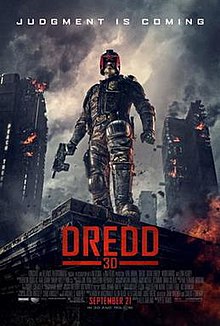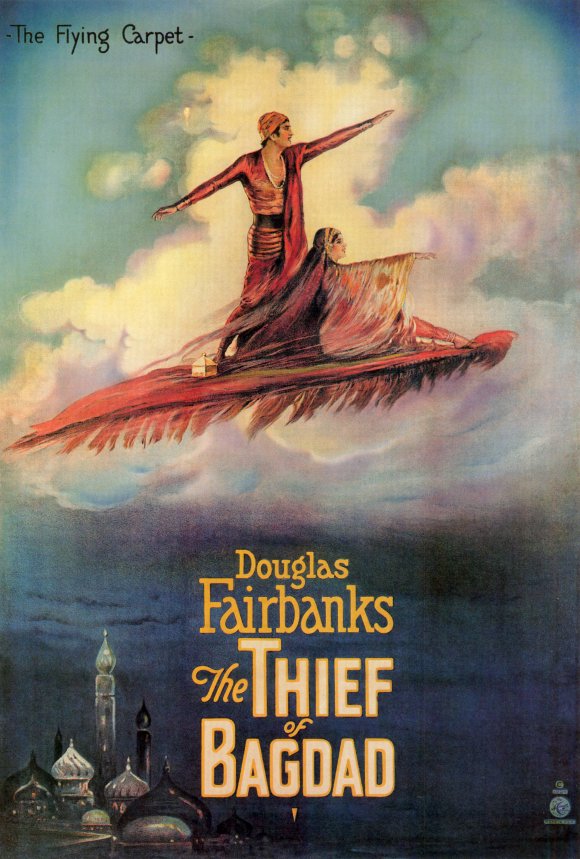
Leos Carax’s highly lauded montage of various cinematic references and tropes starts with the basics of early silent actualities and a few more framing devices including an audience in a theatre, before starting off on the meat of the meta with a character who shifts chameleon-like between filmic roles as he’s driven from set to set, location to location, occasionally running into other actors who may or may not be placed for another mini-narrative.
It does not take long to get into the flow of the exercise being played with here. When the character of Mr. Oscar switches faces, you get a hint of the new scene about to be played, and then when the scene is actually performed, it’s usually humorously subversive of many major tropes (basically, when you expect a woman to go nude, you end up with something else; when you expect a serious drama about old friends, you get a musical). Unfortunately like most metanarratives there are these moments where one has to really question if an already unpopular trope like the endless death scene is any more palatable when you watch it as a scene about the performance of an endless death scene. Also, Carax throws in some typical meta curveballs with a few sequences placed to make you question whether you are watching just another scene being shot, such as the ‘car accident’ and the ‘midnight laugh.’ We do get some sort of placement into the logic of this metaverse via the driver (who may also be a character actor) and a conversation with a producer that reveals the overall story to be set in a future universe where cameras have gotten so small they’ve become invisible, and actors are carted appointment to appointment rather than sticking through sustained feature length movies.
Thus, underlying the theme of this exercise is exhaustion, exhaustion of the common cinematic tropes and exhaustion of a depleting actor base as the audience become less and less interested in ‘the cinema’ and consumer cameras become smaller and taken more for granted. A continuitous dream sequence (because there’s a dream sequence within one of the shoots Mr. Oscar attends) is performed by the use of datamoshing, a technique where video encoding is altered to create surreal morphological shifting between frozen pixels to draw attention to the brittleness of the current cinematic apparatus, digital video.
If only modern movies were more comfortable at going to the level of surreality as someone like Jean Cocteau, one of the many visual references this movie employs, without requiring some establishment in a logical, somewhat science fiction future framework. Also, once the movie-within-a-movie picaresque is established, it’s not really necessary to commit to any one sequence or line of dialog to find deeper meaning or significance. This is one of those movies that’s not difficult to understand if you’ve seen more than a few non-Hollywood movies, whereas people who’ve never stepped far outside a genre movie diet will love to hate it and exaggerate its ‘randomness’.
–Dane Benko









